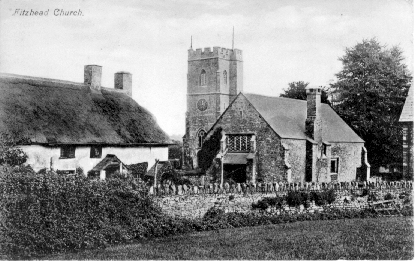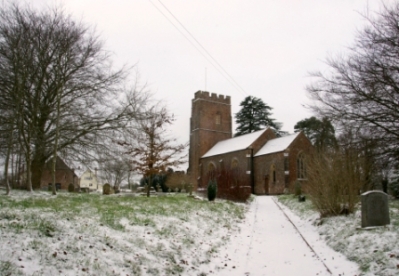Fitzhead is a small, attractive rural village set in beautiful rolling countryside about 10 miles west of Taunton, Somerset. We are surrounded by Areas of Outstanding Natural Beauty - the Quantock Hills and the Blackdown Hills - and are close to Exmoor National Park and the coast around Minehead and North Devon.
The village has about 250 inhabitants and is divided into areas known locally as Higher Fitzhead, Central Fitzhead, and West Fitzhead. We are an active, friendly community and enjoy a get-together at events within the village.
The parish council has responsibility for local issues, including setting an annual precept to cover the council’s operating costs and producing annual accounts for public scrutiny. The parish council is consulted on local planning applications and works with the local police, Somerset Council officers, and neighbourhood watch groups on matters of crime, security, and traffic. The parish council's role also includes initiating projects for the maintenance and repair of parish facilities, as well as consulting with Somerset Council on the maintenance, repair, and improvement of highways, drainage, footpaths, public transport, and street cleaning. Conservation and environmental issues are also the responsibility of the council.
The parish council owns the children's play area (Land Registry title number ST167405) and the pump house.









